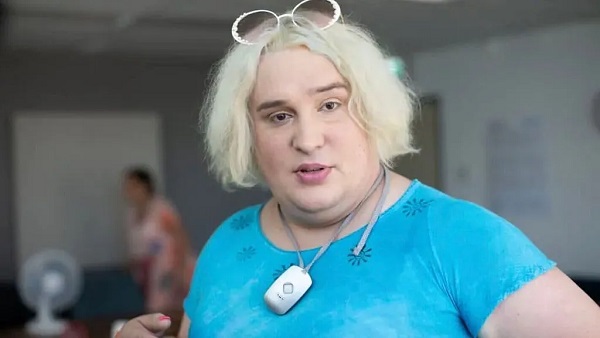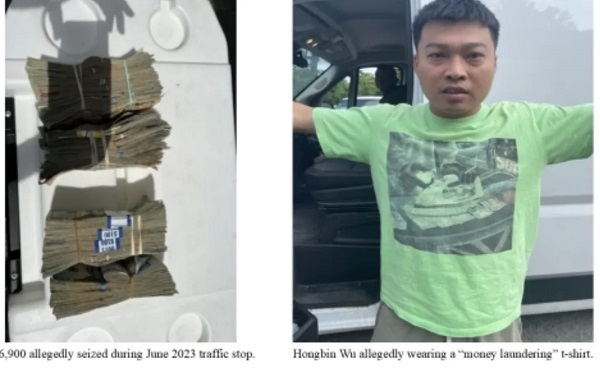Business
Federal government could save $10.7 billion by eliminating eight spending initiatives

From the Fraser Institute
By Jake Fuss and Grady Munro
During its tenure, the Trudeau government rejected any semblance of spending restraint and increased spending (and borrowing) at every turn. However, due to the rising cost of deficits and debt, coupled with pressures to increase spending in neglected areas such as defence, the next federal government—whoever that may be—may finally be forced to find savings and reduce spending.
But where to look?
The government should immediately review all spending on the basis of efficiency, value for money, and the appropriate role of government—similar to the spending review initiated by the federal Chrétien government during the 1990s. Here are some line items ripe for the cutting board.
| Spending Area | Projected Spending in 2024/25 |
|---|---|
| Regional Development Agencies | $1.5 billion |
| Government Supports for Journalism | $1.7 billion |
| Incentives for Zero-Emission Vehicles | $0.6 billion |
| 2 Billion Trees | $0.3 billion |
| Canada Infrastructure Bank | $3.5 billion |
| Strategic Innovation Fund | $2.4 billion |
| Global Innovation Clusters | $0.2 billion |
| Green Municipal Fund | $0.5 billion |
| Total Potential Savings | $10.7 billion |
Regional Development Agencies: The federal government operates seven Regional Development Agencies (RDAs), which deliver financial assistance (a.k.a. corporate welfare) to businesses. Despite spending an estimated $1.5 billion in federal taxpayer money in 2024/25, the RDAs do not provide any widespread economic benefits to Canadians. Instead, they simply redistribute those dollars to private firms and pick winners and losers in the free market. When reporting on the results, the government offers vague platitudes such as “businesses are growing” and “communities are developing economically.”
Government Money for Journalism: In 2024/25 the federal government spent an estimated $1.7 billion to support Canadian journalism including the operating costs (e.g. wages) of newspapers and broadcast outlets such as the CBC. Despite these efforts, and the considerable price tag, hundreds of news organizations have closed since 2020 and layoffs have persisted—largely due to the disruptive effects of the Internet. Simply put, the traditional media sector is in decline, and the government’s costly attempts to reverse this trend have been ineffective.
Federal Support for Electric Vehicle Purchases: As part of its push to reduce emissions, the federal government will spend an estimated $587.6 million to subsidize electric vehicle (EV) purchases in 2024/25. This spending is inefficient and wasteful. EV incentives are expensive—costing a minimum of $177 per tonne of greenhouse gas (GHG) emissions, whereas the federal carbon tax in 2024 was much cheaper at $80 per tonne of GHG emissions.
The 2 Billion Trees (2BT) Program: Ottawa has earmarked $3.2 billion for the program from 2021 to 2031, with expenses in 2024-25 alone estimated at $340 million. While laudable in theory, the program has been poorly executed. In its first two years, the federal government spent roughly 15.0 per cent of the total budget to plant merely 2.3 per cent of the two billion trees. In fact, the 2BT program has used trees planted under a different program to artificially boost its numbers.
Canada Infrastructure Bank (CIB): Established in 2017, the CIB is a federal Crown corporation tasked with investing and attracting investment in Canadian infrastructure projects. Over its more than seven-year lifespan, the CIB has approved approximately $13.2 billion in investments across 76 projects (as of July 2024). In 2024/25, federal CIB funding will equal $3.5 billion. Though multiple problems plague the CIB, chief among them is its inefficiency in advancing projects. As of July 2024, only two CIB-funded projects had been completed. This lack of progress was a chief concern in a previous House of Commons committee report that made the sole recommendation to abolish the CIB.
Strategic Innovation Fund (SIF): With federal grants and contributions, the SIF funds projects based on their purported potential to deliver innovation and economic benefits for Canadians. While Canada certainly suffers from a lack of innovation, this spending (to the tune of $2.4 billion in 2024/25) simply shifts jobs and investment dollars away from other firms and industries—with no net benefit for the overall economy. Similarly, increased government spending on innovation may simply crowd out private-sector investment, leading to no net increase in innovation investment.
Global Innovation Clusters (GIC): The federal government launched the GIC program, like the SIF, to address the lack of innovation in Canada. The government expects to disperse $202.3 million through the GIC in 2024/25 alone, targeting the five “clusters” of business activity the government chose in 2018. But again, because the clusters represent specific industries and technologies (e.g. artificial intelligence, marine technologies, manufacturing), the federal government is incentivizing firms to spend time and resources modifying their businesses to secure grant rather than focusing on the development of new/improved goods and services.
Green Municipal Fund (GMF): The GMF spends federal tax dollars on municipal projects that purportedly accelerate the transition to net-zero greenhouse gas (GHG) emissions. In 2024/25, the federal government will contribute $530 million to the fund. While the fund maintains emissions-reduction targets for projects, several projects approved for funding will not reduce GHG emissions in any measurable way—for example, “climate-friendly” home tours and funding for climate advocacy groups in Ottawa. In other words, the GMF is spending taxpayer dollars on projects that make no apparent progress towards the GMF’s stated goal.
In total, these eight spending initiatives add up to approximately $10.7 billion in potential savings for the 2024-25 fiscal year alone. And remember, these are just the low-hanging fruit. The next federal government can find further savings through a more comprehensive review of all spending.
Business
Mark Carney’s Fiscal Fantasy Will Bankrupt Canada
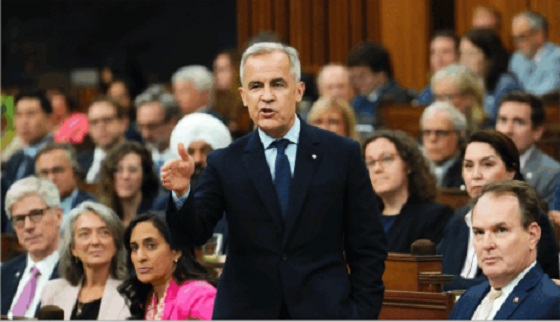
By Gwyn Morgan
Mark Carney was supposed to be the adult in the room. After nearly a decade of runaway spending under Justin Trudeau, the former central banker was presented to Canadians as a steady hand – someone who could responsibly manage the economy and restore fiscal discipline.
Instead, Carney has taken Trudeau’s recklessness and dialled it up. His government’s recently released spending plan shows an increase of 8.5 percent this fiscal year to $437.8 billion. Add in “non-budgetary spending” such as EI payouts, plus at least $49 billion just to service the burgeoning national debt and total spending in Carney’s first year in office will hit $554.5 billion.
Even if tax revenues were to remain level with last year – and they almost certainly won’t given the tariff wars ravaging Canadian industry – we are hurtling toward a deficit that could easily exceed 3 percent of GDP, and thus dwarf our meagre annual economic growth. It will only get worse. The Parliamentary Budget Officer estimates debt interest alone will consume $70 billion annually by 2029. Fitch Ratings recently warned of Canada’s “rapid and steep fiscal deterioration”, noting that if the Liberal program is implemented total federal, provincial and local debt would rise to 90 percent of GDP.
This was already a fiscal powder keg. But then Carney casually tossed in a lit match. At June’s NATO summit, he pledged to raise defence spending to 2 percent of GDP this fiscal year – to roughly $62 billion. Days later, he stunned even his own caucus by promising to match NATO’s new 5 percent target. If he and his Liberal colleagues follow through, Canada’s defence spending will balloon to the current annual equivalent of $155 billion per year. There is no plan to pay for this. It will all go on the national credit card.
This is not “responsible government.” It is economic madness.
And it’s happening amid broader economic decline. Business investment per worker – a key driver of productivity and living standards – has been shrinking since 2015. The C.D. Howe Institute warns that Canadian workers are increasingly “underequipped compared to their peers abroad,” making us less competitive and less prosperous.
The problem isn’t a lack of money; it’s a lack of discipline and vision. We’ve created a business climate that punishes investment: high taxes, sluggish regulatory processes, and politically motivated uncertainty. Carney has done nothing to reverse this. If anything, he’s making the situation worse.
Recall the 2008 global financial meltdown. Carney loves to highlight his role as Bank of Canada Governor during that time but the true credit for steering the country through the crisis belongs to then-prime minister Stephen Harper and his finance minister, Jim Flaherty. Facing the pressures of a minority Parliament, they made the tough decisions that safeguarded Canada’s fiscal foundation. Their disciplined governance is something Carney would do well to emulate.
Instead, he’s tearing down that legacy. His recent $4.3 billion aid pledge to Ukraine, made without parliamentary approval, exemplifies his careless approach. And his self-proclaimed image as the experienced technocrat who could go eyeball-to-eyeball against Trump is starting to crack. Instead of respecting Carney, Trump is almost toying with him, announcing in June, for example that the U.S. would pull out of the much-ballyhooed bilateral trade talks launched at the G7 Summit less than two weeks earlier.
Ordinary Canadians will foot the bill for Carney’s fiscal mess. The dollar has weakened. Young Canadians – already priced out of the housing market – will inherit a mountain of debt. This is not stewardship. It’s generational theft.
Some still believe Carney will pivot – that he will eventually govern sensibly. But nothing in his actions supports that hope. A leader serious about economic renewal would cancel wasteful Trudeau-era programs, streamline approvals for energy and resource projects, and offer incentives for capital investment. Instead, we’re getting more borrowing and ideological showmanship.
It’s no longer credible to say Carney is better than Trudeau. He’s worse. Trudeau at least pretended deficits were temporary. Carney has made them permanent – and more dangerous.
This is a betrayal of the fiscal stability Canadians were promised. If we care about our credit rating, our standard of living, or the future we are leaving our children, we must change course.
That begins by removing a government unwilling – or unable – to do the job.
Canada once set an economic example for others. Those days are gone. The warning signs – soaring debt, declining productivity, and diminished global standing – are everywhere. Carney’s defenders may still hope he can grow into the job. Canada cannot afford to wait and find out.
The original, full-length version of this article was recently published in C2C Journal.
Gwyn Morgan is a retired business leader who was a director of five global corporations.
Business
Carney Liberals quietly award Pfizer, Moderna nearly $400 million for new COVID shot contracts
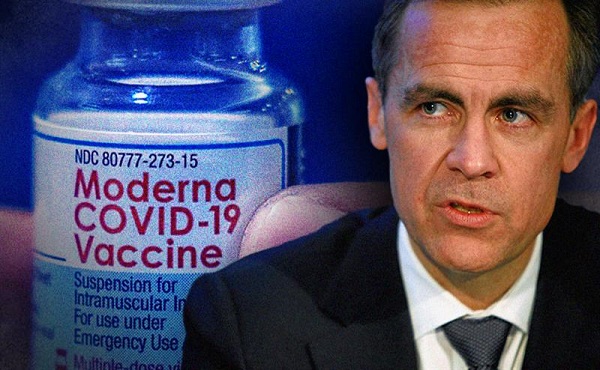
From LifeSiteNews
Carney’s Liberal government signed nearly $400 million in contracts with Pfizer and Moderna for COVID shots, despite halted booster programs and ongoing delays in compensating Canadians for jab injuries.
Prime Minister Mark Carney has awarded Pfizer and Moderna nearly $400 million in new COVID shot contracts.
On June 30th, the Liberal government quietly signed nearly $400 million contracts with vaccine companies Pfizer and Moderna for COVID jabs, despite thousands of Canadians waiting to receive compensation for COVID shot injuries.
The contracts, published on the Government of Canada website, run from June 30, 2025, until March 31, 2026. Under the contracts, taxpayers must pay $199,907,418.00 to both companies for their COVID shots.
Notably, there have been no press releases regarding the contracts on the Government of Canada website nor from Carney’s official office.
Additionally, the contracts were signed after most Canadians provinces halted their COVID booster shot programs. At the same time, many Canadians are still waiting to receive compensation from COVID shot injuries.
Canada’s Vaccine Injury Support Program (VISP) was launched in December 2020 after the Canadian government gave vaccine makers a shield from liability regarding COVID-19 jab-related injuries.
There has been a total of 3,317 claims received, of which only 234 have received payments. In December, the Canadian Department of Health warned that COVID shot injury payouts will exceed the $75 million budget.
The December memo is the last public update that Canadians have received regarding the cost of the program. However, private investigations have revealed that much of the funding is going in the pockets of administrators, not injured Canadians.
A July report by Global News discovered that Oxaro Inc., the consulting company overseeing the VISP, has received $50.6 million. Of that fund, $33.7 million has been spent on administrative costs, compared to only $16.9 million going to vaccine injured Canadians.
Furthermore, the claims do not represent the total number of Canadians injured by the allegedly “safe and effective” COVID shots, as inside memos have revealed that the Public Health Agency of Canada (PHAC) officials neglected to report all adverse effects from COVID jabs and even went as far as telling staff not to report all events.
The PHAC’s downplaying of jab injuries is of little surprise to Canadians, as a 2023 secret memo revealed that the federal government purposefully hid adverse effect so as not to alarm Canadians.
The secret memo from former Prime Minister Justin Trudeau’s Privy Council Office noted that COVID jab injuries and even deaths “have the potential to shake public confidence.”
“Adverse effects following immunization, news reports and the government’s response to them have the potential to shake public confidence in the COVID-19 vaccination rollout,” read a part of the memo titled “Testing Behaviourally Informed Messaging in Response to Severe Adverse Events Following Immunization.”
Instead of alerting the public, the secret memo suggested developing “winning communication strategies” to ensure the public did not lose confidence in the experimental injections.
Since the start of the COVID crisis, official data shows that the virus has been listed as the cause of death for less than 20 children in Canada under age 15. This is out of six million children in the age group.
The COVID jabs approved in Canada have also been associated with severe side effects, such as blood clots, rashes, miscarriages, and even heart attacks in young, healthy men.
Additionally, a recent study done by researchers with Canada-based Correlation Research in the Public Interest showed that 17 countries have found a “definite causal link” between peaks in all-cause mortality and the fast rollouts of the COVID shots, as well as boosters.
Interestingly, while the Department of Health has spent $16 million on injury payouts, the Liberal government spent $54 million COVID propaganda promoting the shot to young Canadians.
The Public Health Agency of Canada especially targeted young Canadians ages 18-24 because they “may play down the seriousness of the situation.”
-

 Business1 day ago
Business1 day agoCarney government should apply lessons from 1990s in spending review
-
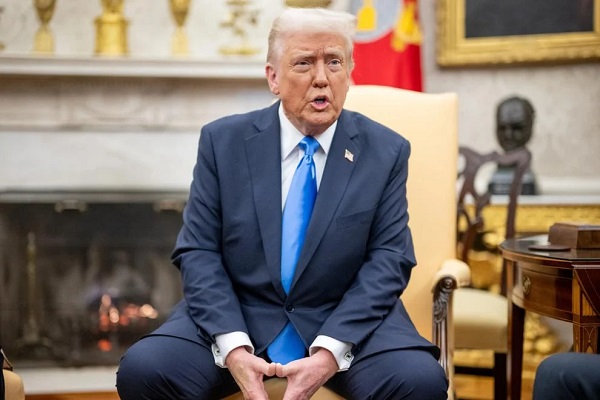
 Business1 day ago
Business1 day agoTrump to impose 30% tariff on EU, Mexico
-

 illegal immigration1 day ago
illegal immigration1 day agoICE raids California pot farm, uncovers illegal aliens and child labor
-
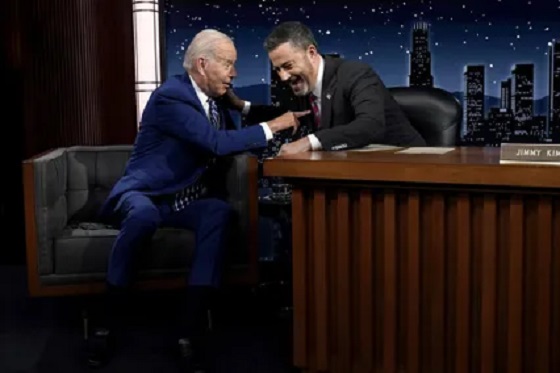
 Entertainment24 hours ago
Entertainment24 hours agoStudy finds 99% of late-night TV guests in 2025 have been liberal
-
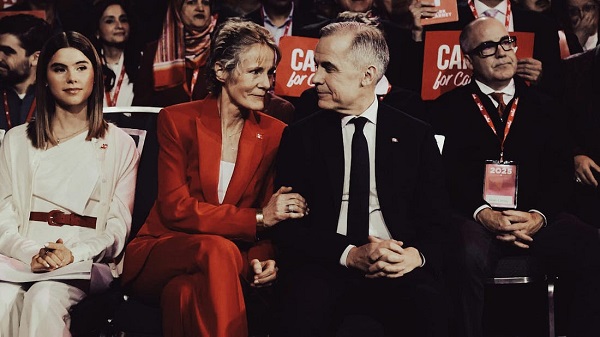
 Business2 days ago
Business2 days ago103 Conflicts and Counting Unprecedented Ethics Web of Prime Minister Mark Carney
-
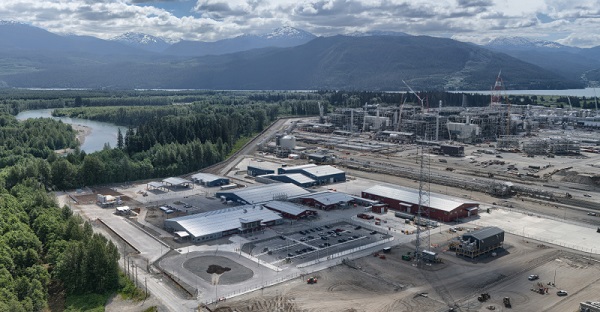
 Energy1 day ago
Energy1 day agoLNG Export Marks Beginning Of Canadian Energy Independence
-

 Frontier Centre for Public Policy13 hours ago
Frontier Centre for Public Policy13 hours agoCanada’s New Border Bill Spies On You, Not The Bad Guys
-

 Uncategorized13 hours ago
Uncategorized13 hours agoCNN’s Shock Climate Polling Data Reinforces Trump’s Energy Agenda



